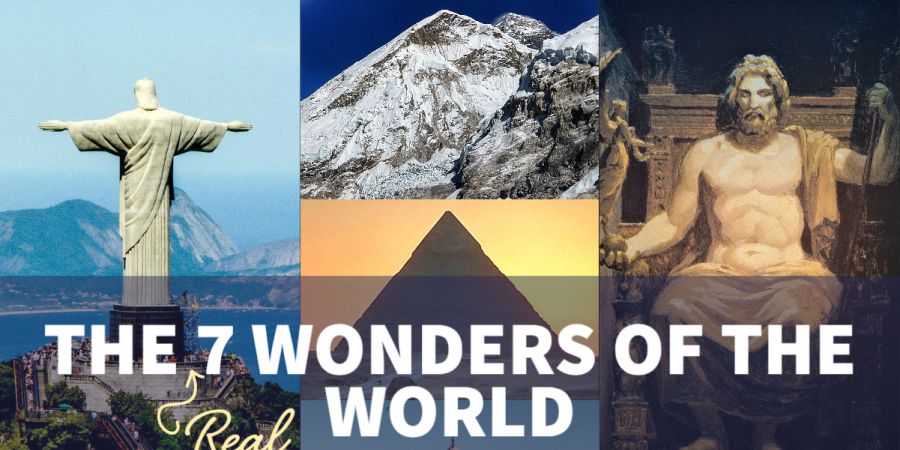

1.TAJ MAHAL,INDIA
The Taj Mahal is an Islamic ivory-white marble mausoleum located in the Indian city of Agra on the Yamuna River's right bank. The Mughal emperor Shah Jahan had it built in 1632 and also used it to house his own tomb. Mumtaz Mahal was Shah Jahan's favourite wife.
2.CHRIST THE REDEEMER,RIO DE JANEIRO
In 1920, the Catholic Circle of Rio put out a second suggestion for a famous statue to be erected on the summit. [8] In an effort to raise money and gather signatures in favour of the statue's construction, the organisation planned an occasion they called Semana do Monumento ("Monument Week"). The cause of the organisation was what they called "Godlessness" in society. Brazilian Catholics made up the majority of the donors. [3] A picture of the Christian cross, a statue of Jesus holding a globe, and a pedestal representing the world were among the concepts explored for the "Statue of the Christ." [9] The figure of Christ the Redeemer holding out his arms in peace was selected.
3. GREAT WALL OF CHINA,CHINA
By the Spring and Autumn period between the 8th and 5th centuries BC, the Chinese were already familiar with the methods of wall construction. The states of Qin, Wei, Zhao, Qi, Han, Yan, and Zhong Shan all built vast fortifications to protect their own boundaries throughout this period and the Warring States period that followed. These walls were usually composed of stone or were created by pressing soil and gravel between wooden frames. They were designed to withstand attacks from small armaments like swords and spears.
4.PETRA,JORDAN
Between 1200 and 600 BC, during the Iron Age, the Edomityes lived in the vicinity of Petra. This occurred when the Edomityes rose up following King Solomon's demise in 928 BC, when Israel was divided into two kingdoms with Judah in the south and Israel in the north. The Old Testament of the Bible makes mention of the Edomityes as being Esau's descendants. The Edomites' ability to store water was made possible by the way the mountains in Petra were arranged.
5.MACHU PICCHU,PERU
Machu Picchu was constructed with polished dry-stone walls in the traditional Inca manner. The Intihuatana, the Sun Temple, and the Room of the Three Windows are its three main buildings. The majority of the peripheral buildings have been rebuilt to better convey their original appearance to tourists. 30% of Machu Picchu had been restored by 1976, and restoration work is ongoing.
6.CHICHEN ITZA,MEXICO
On Mexico's Yucatán Peninsula, there is a collection of Mayan ruins called Chichén Itzá. The ancient city, which flourished from roughly 600 A.D. to the 1200s, is dominated by a huge step pyramid known as El Castillo or Temple of Kukulcan. At buildings like the ball court, the Temple of the Warriors, and the Wall of the Skulls, graphic stone sculptures are still visible. Daily sound-and-light performances highlight the towers' intricate design.
7.COLOSSEUM,ROME
East of the Roman Forum in the heart of Rome, Italy, is an oval amphitheatre known as the Colosseum. Despite its age, it is the world's largest standing amphitheatre and the largest ancient amphitheatre ever constructed.
_______________________


